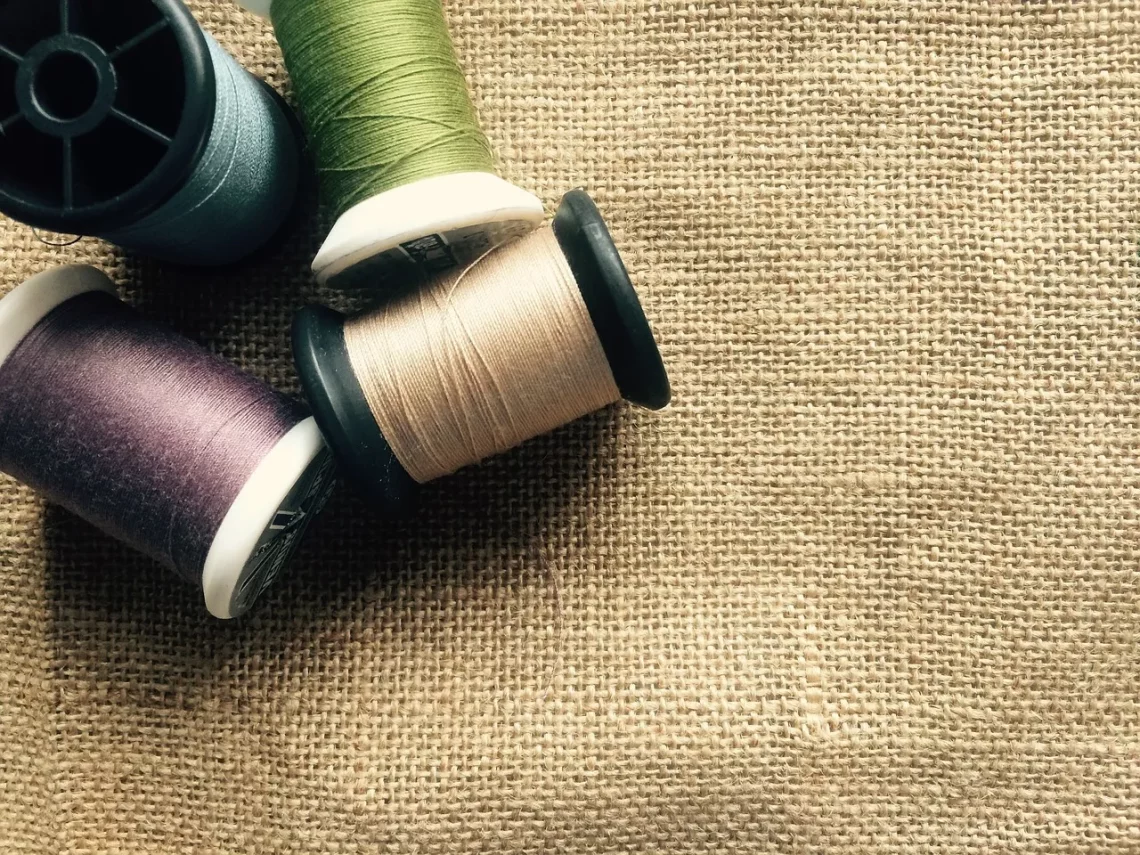
Does Cotton Stretch? Understanding the Fabric’s Properties and Uses
Cotton is one of the most widely used natural fibers in the world, known for its versatility and comfort. This fabric has been a staple in the textile industry for centuries, cherished for its soft texture and breathability. As people increasingly seek out sustainable and natural materials, cotton continues to hold a significant place in the fashion and home goods markets.
The popularity of cotton can be attributed to its unique properties, which include its ability to absorb moisture, its durability, and its ease of care. However, one question that often arises is whether cotton has the ability to stretch. Understanding the characteristics of cotton and how it behaves when subjected to tension is crucial for both consumers and manufacturers. This knowledge not only influences clothing design and fit but also impacts how cotton is used in various applications, from everyday wear to specialized textiles. In this exploration, we will delve into the properties of cotton, its stretching behavior, and its practical uses, shedding light on why this fabric remains a beloved choice worldwide.
Understanding Cotton Fiber Structure
To appreciate the properties of cotton, it’s essential to understand its fiber structure. Cotton fibers are made up of cellulose, a natural polymer that gives the fabric its strength and durability. These fibers grow in a protective casing known as a boll, which is harvested and processed into the fabric we know today. The structure of cotton fibers features a twisted ribbon shape, which contributes to their softness and flexibility.
When cotton is spun into yarn, the fibers are twisted together, creating a tighter structure that enhances the fabric’s strength. This twisting process helps to stabilize the fibers, allowing them to withstand everyday wear and tear. However, the inherent structure of cotton fibers means they do not possess the same elasticity as synthetic fibers like spandex or polyester. This lack of elasticity is a key factor in understanding how cotton behaves when stretched.
Moreover, the natural fibers of cotton allow for a degree of breathability, making it an excellent choice for warm-weather clothing. However, this breathability can sometimes lead to sagging or distortion in the fabric when subjected to tension, especially if the cotton garment is not blended with more elastic materials. In contrast, garments made from 100% cotton may lose their shape over time, particularly in areas that experience frequent stretching, such as elbows and knees.
In summary, while cotton fibers are strong and durable, their lack of elasticity means that they do not stretch significantly like other fabrics. Understanding this fundamental property of cotton is crucial for anyone looking to purchase or produce cotton-based textiles.
The Stretching Behavior of Cotton Fabrics
When discussing whether cotton stretches, it is important to consider the various types of cotton fabrics and how they are constructed. Different weaving and knitting techniques can influence the way cotton behaves under tension. For instance, woven cotton fabrics, such as denim, tend to have less stretch compared to knitted cotton fabrics, such as jersey.
Knitted cotton fabrics typically have a more flexible structure, allowing for greater elasticity. This is due to the way the fibers are interlaced during the knitting process, which creates loops that can expand and contract. Consequently, garments made from knitted cotton often fit more snugly and can accommodate movements, making them popular for casual wear and activewear.
On the other hand, woven cotton fabrics, while more rigid, are often more durable and can hold their shape better over time. This makes them ideal for structured garments like dress shirts and trousers. However, the lack of inherent stretch in woven cotton can lead to discomfort if the garment is not tailored properly, as it may restrict movement.
It’s also worth noting that the way cotton is treated during manufacturing can affect its stretching behavior. For example, cotton that has been treated with specific chemicals or blended with synthetic fibers can exhibit more stretch. Manufacturers often use elastane or spandex blends to enhance the elasticity of cotton fabrics, providing a more fitted look without sacrificing comfort.
In conclusion, while cotton itself does not stretch significantly, the construction of the fabric and any additional treatments play a crucial role in its overall flexibility and fit. Understanding these factors can help consumers make informed choices when selecting cotton garments for various purposes.
Applications of Cotton in Fashion and Home Textiles
Cotton’s properties make it a versatile choice for a wide range of applications, from clothing to home textiles. In the fashion industry, cotton is commonly used for everything from casual wear to formal attire. Its breathability and comfort make it an excellent choice for summer clothing, while its durability allows for the production of long-lasting garments.
In casual wear, cotton t-shirts, shorts, and dresses are popular due to their softness and ease of care. These items often incorporate knitted cotton for added flexibility and comfort. Additionally, cotton’s ability to absorb moisture makes it ideal for activewear, as it helps to wick sweat away from the body, keeping the wearer cool and dry.
For formal attire, woven cotton fabrics, such as sateen and poplin, are often used in dress shirts and blouses. These fabrics offer a crisp, polished appearance while maintaining the comfort associated with cotton. Furthermore, cotton’s natural fibers can be dyed easily, allowing for a vast array of colors and patterns that appeal to consumers.
Beyond clothing, cotton is also widely used in home textiles. Bed linens, towels, and curtains made from cotton are favored for their softness and durability. Cotton sheets, in particular, are renowned for their breathability, making them a popular choice for bedding. Additionally, cotton towels are highly absorbent and quick-drying, adding to their appeal in both domestic and commercial settings.
In conclusion, cotton’s versatility extends beyond fashion into various aspects of daily life. Its unique properties allow it to be used in a wide range of products, ensuring that it remains a staple in both the textile industry and consumers’ homes.
Care and Maintenance of Cotton Fabrics
Proper care and maintenance of cotton fabrics are essential to ensure their longevity and performance. While cotton is generally easy to care for, certain practices can help maintain its appearance and prevent issues such as shrinking or fading.
One of the most critical aspects of caring for cotton is washing. It is advisable to wash cotton fabrics in cold or warm water instead of hot water, as high temperatures can lead to shrinkage. Additionally, using a gentle detergent can help preserve the fabric’s color and texture.
Drying cotton fabrics can also impact their shape and fit. While air drying is the gentlest method, many people opt for machine drying for convenience. If using a dryer, it is recommended to use a low heat setting to minimize the risk of shrinkage. Removing cotton items from the dryer while they are still slightly damp can also help reduce wrinkles and maintain their shape.
Ironing cotton garments is another consideration. Cotton can wrinkle easily, so using an iron on a high setting with steam can help remove creases. However, it is essential to ensure that the fabric is not too dry, as this can lead to scorching.
In summary, proper care and maintenance of cotton fabrics are crucial for preserving their quality and extending their lifespan. By following recommended washing and drying practices, consumers can enjoy their cotton items for years to come.
In conclusion, cotton is a remarkable fabric with unique properties that make it a popular choice in various applications. While it does not stretch significantly on its own, understanding the different types of cotton fabrics and their construction can help consumers make informed choices. The versatility of cotton ensures its continued prominence in the textile industry, making it a beloved material for both fashion and home textiles.
**Disclaimer: This article is for informational purposes only and should not be considered medical advice. Always consult a healthcare professional for any health-related concerns.**




